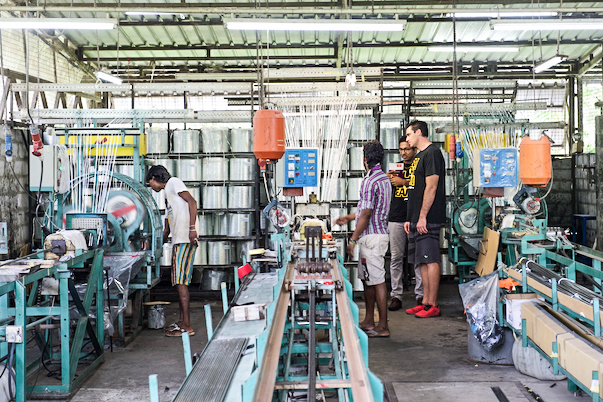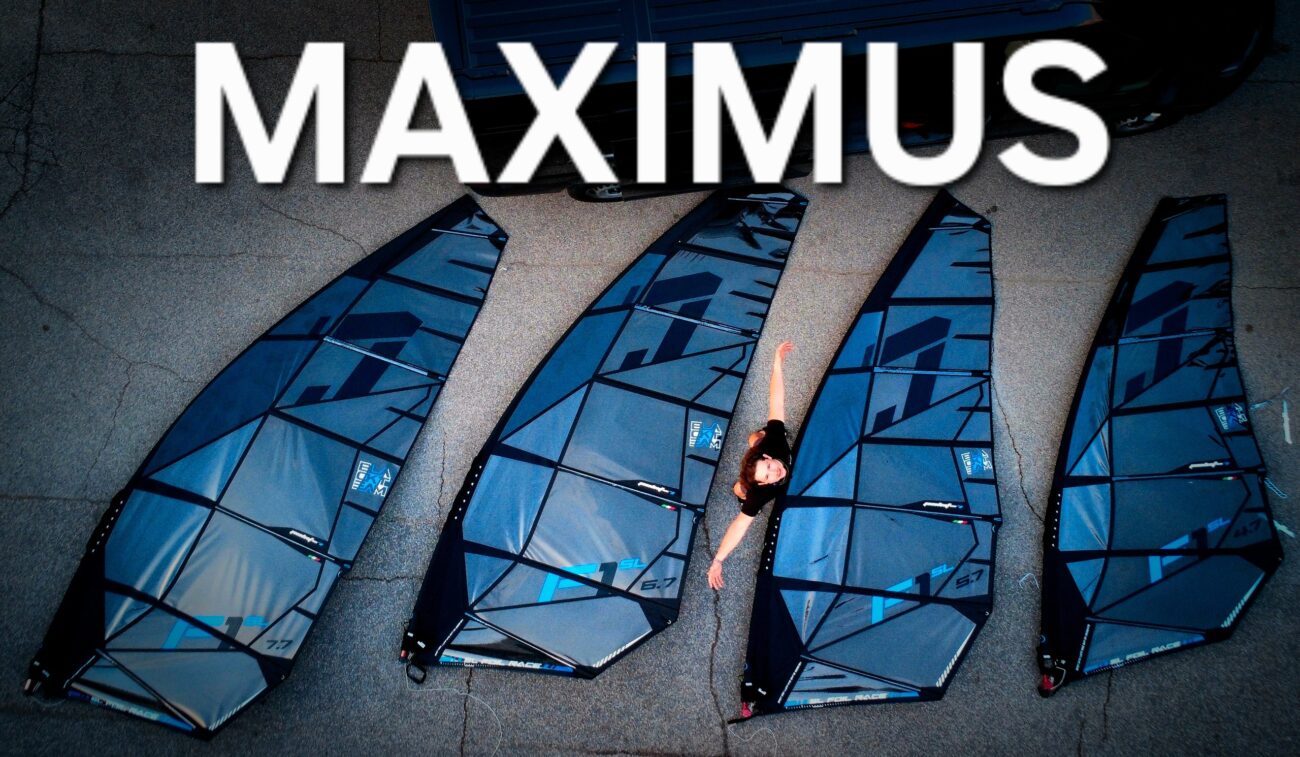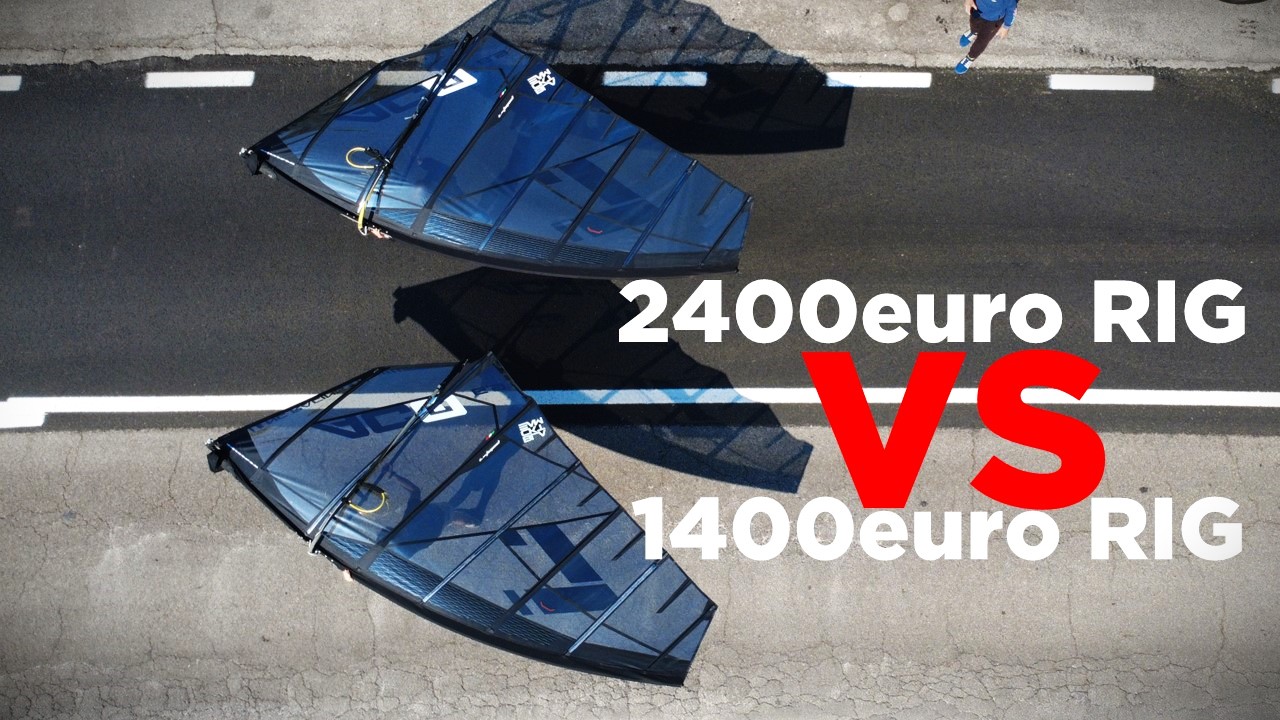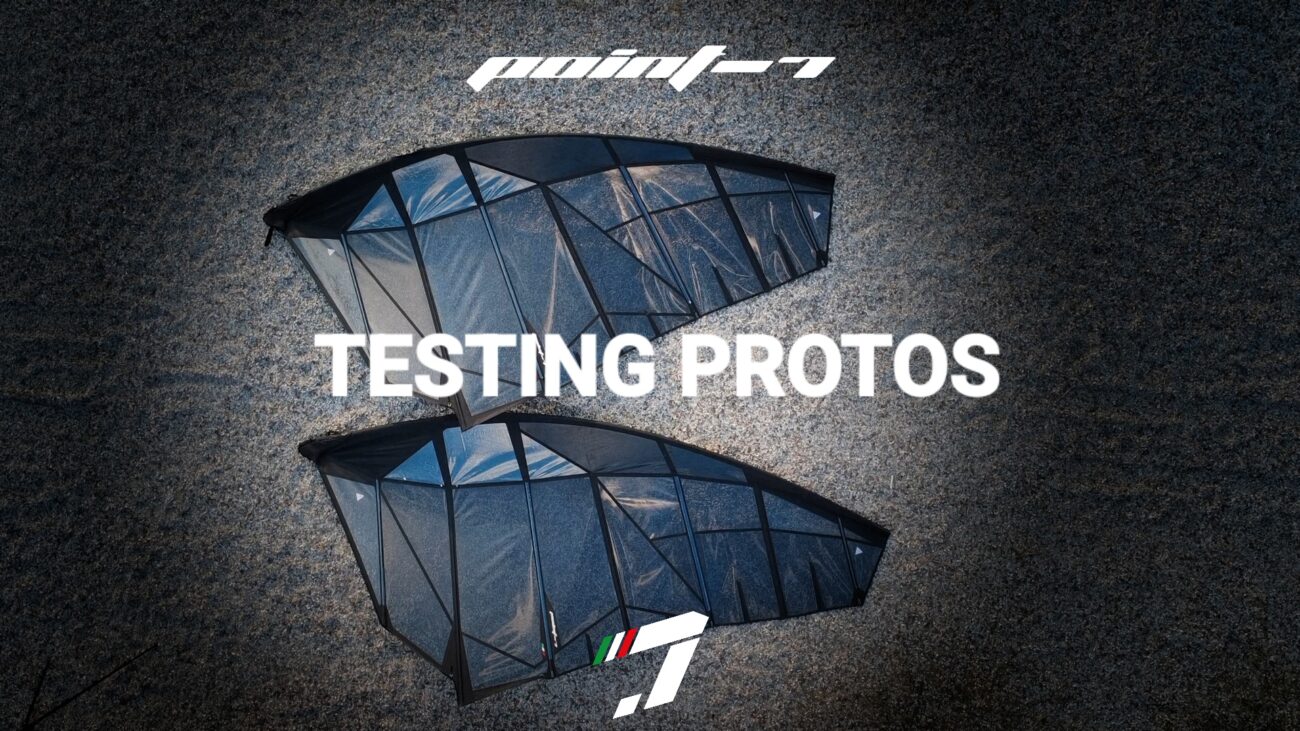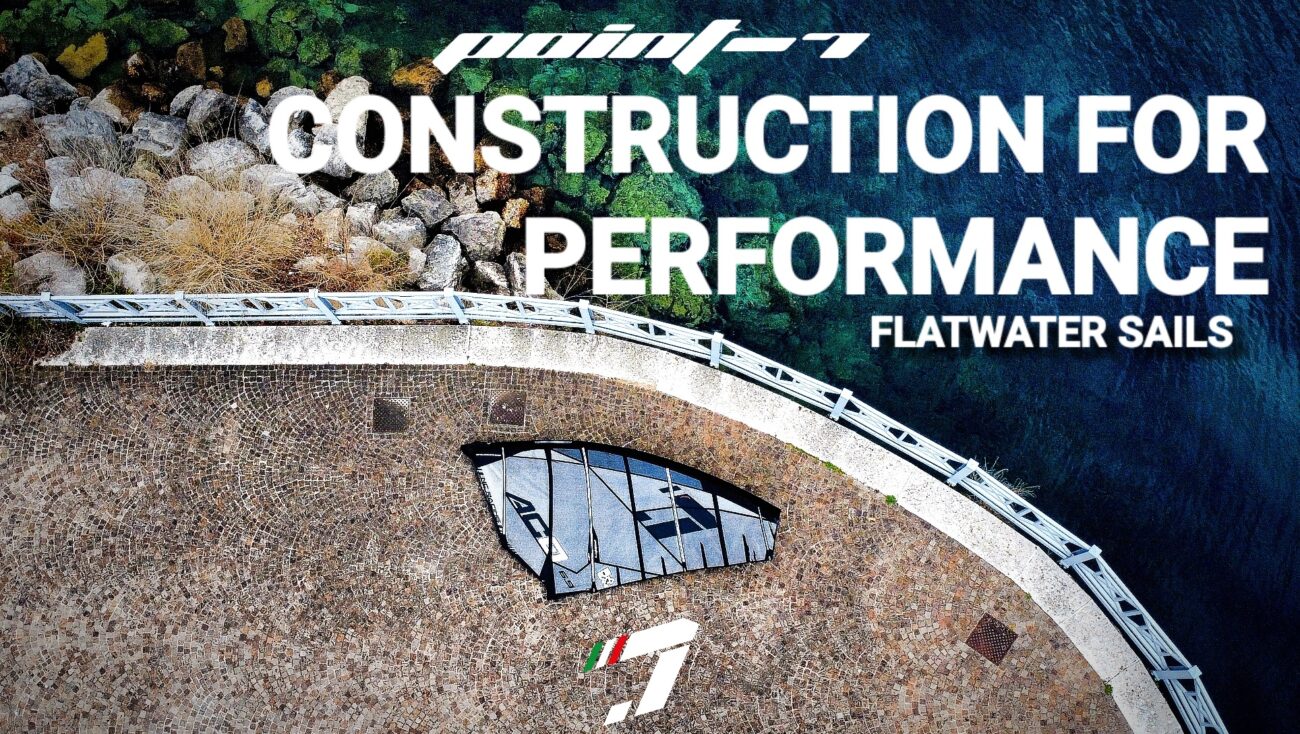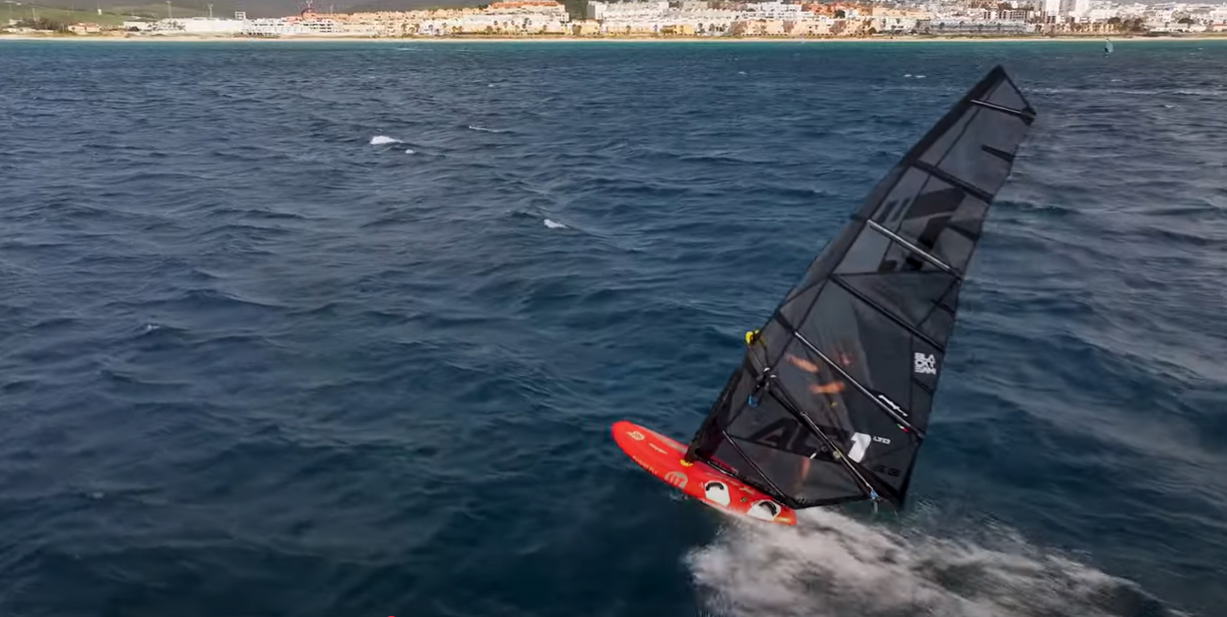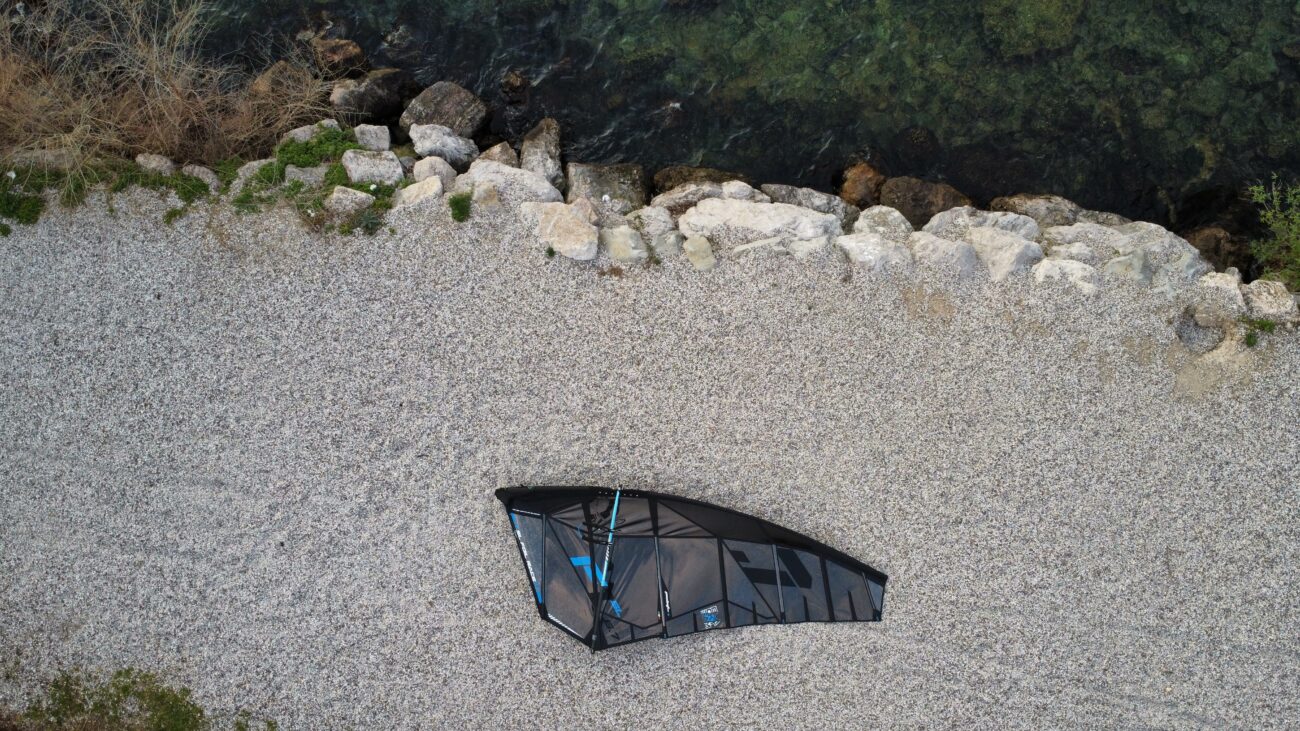- ZERO 26 – OVERVIEW
- SALTpro | PRO WAVE from €659
- SPY | FREESTYLEWAVE from €699
- SLASH | FREESTYLE from €599
- RUSH-1 | FREE SL from €689
- AC-0 | NO CAM RACE from €879
- AC-2 | 2 CAM RACE from Feb 026
- AC-3 | 3CAM RACING from €879
- AC-1 LTD | RACING from €1059
- F1 | FOIL RACING from Feb 026
- F0 | FOIL RACE NO CAM from Dic 025
- Q-BOND SAILS DETAILS
- QBOND DARK SERIES
- ZERO 25 – OVERVIEW
- SALTpro | THE WAVE from €649
- SPY | FREESTYLEWAVE from €659
- SLASH | FREESTYLE from €569
- AC-F | CROSSRIDE from €639
- AC-0 | NO CAM RACE from €749
- AC-2 | 2 CAM RACE from €789
- AC-1 | RACE SERIES from €839
- F1sl | FOIL PRO RACE from €999
- F1x | FOIL NO CAM RACE from €799
- SKOOL | EASY LEARNING
- S-LINE | RENTAL SAIL
- BLACK ARCHIVE
RDM VS SDM

RDM vs. SDM Masts: Choosing the Right Tool for your no cam flat water sail.
RDM (Reduced Diameter Masts) have a strong appeal for many windsurfers. They look sleek, feel more manageable in the hands, and inspire confidence in rough conditions. Because of their smaller diameter, RDMs require more material to maintain strength, which makes them slightly heavier. But that added durability is exactly what makes them ideal for wave sailing and smaller sails where wipeouts are part of the game. However, when it comes to flat water performance and larger sails, SDM (Standard Diameter Masts) start to shine.
Their design offers greater stability, faster reflexes, and a lighter feel in larger sizes. Up to a 400cm mast, RDMs still perform well, but beyond that, SDMs are typically the better choice for performance-focused setups. Recently, we’ve seen the rise of the so-called MDM (Medium Diameter Mast), a middle ground between RDM and SDM.
While the idea is to blend the best of both worlds, the result is often a compromise that doesn’t quite match the performance of a proper SDM.
So, if performance is the priority, it’s usually best to stick with a full SDM mast. As for compatibility, most no-cam sails are designed to work with either RDM or SDM masts, giving you some flexibility. But for cambered sails, it’s crucial to use the recommended mast. Proper cam pressure tuning is key, and if it’s off, you could end up with a cam sail that performs worse than a no-cam setup.


